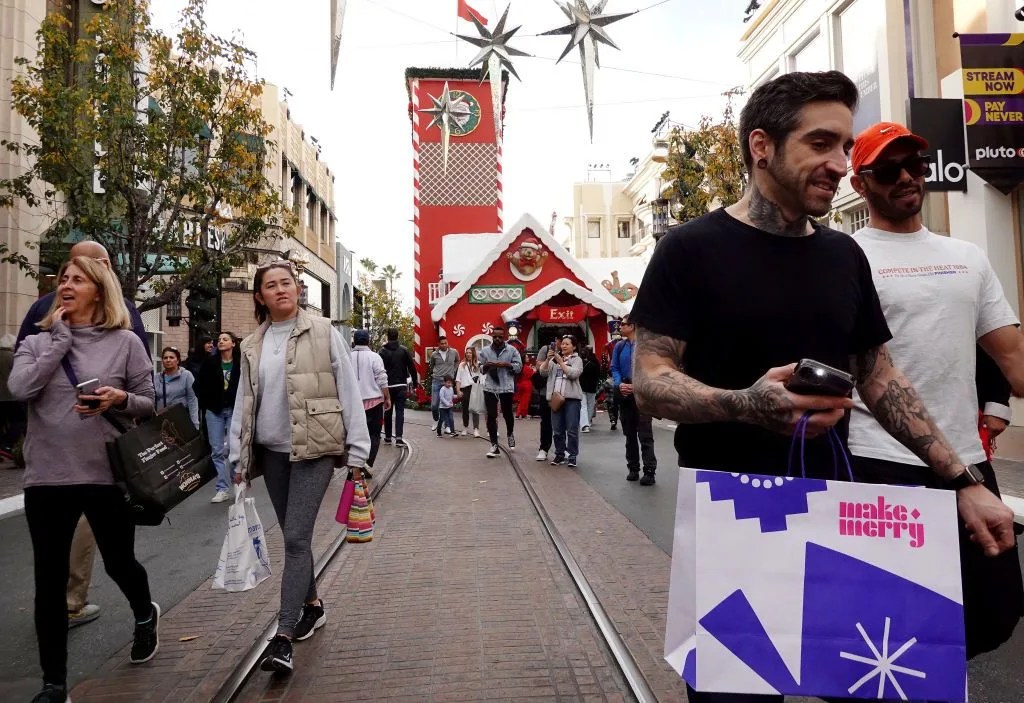21 percent of purchases are returned, a report by Pitney Bowes revealed. And, in 2023, it’s becoming harder for consumers to give back these unwanted items: roughly 60 percent of businesses have recently changed their return policies, whether by instituting by a fee for returns or shortening the window wherein they accept them, according to goTRG, a technology company that aims to improve the process.
Retailers Introduce Fees for Returns (Unless You Visit in Person)
But are the fees — sometimes a percentage of the product’s total price — justified? If you bought the item online, you’re essentially shipping it twice: once to you and once back. Estimated at $15 total for each item, brands are losing out big if they offer to cover shipping, especially if it’s a larger item (i.e. a bike).
A flat $7 fee, for example, would cover half of the brand’s share of the exchange, and that’s not including the amount lost on the failed sale. Plus, the process of getting returned products back onto the shelves is… tough, to say the least. Most times it can’t be sold at full price, which is why you see “open box” or “refurbished” sales. Otherwise, these products are offloaded to a liquidator, who sells the products to wholesalers at a discounted rate.
The best bet to avoid a fee is to visit in person, if you can. The fee is typically introduced to cover shipping costs, which have also risen with inflation. But at the physical store, you can sidestep shipping costs and make your case for the item’s condition instead of trusting a faraway receiving center to determine whether the item is eligible for return in the first place.
Below, you’ll find a sampling of brands that now charge a fee for sending an item back:
- Abercrombie & Fitch: $5
- Footlocker: $7
- Kith: $8
- Neiman Marcus: $9.95



